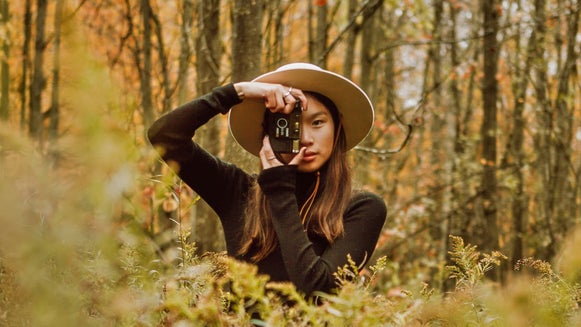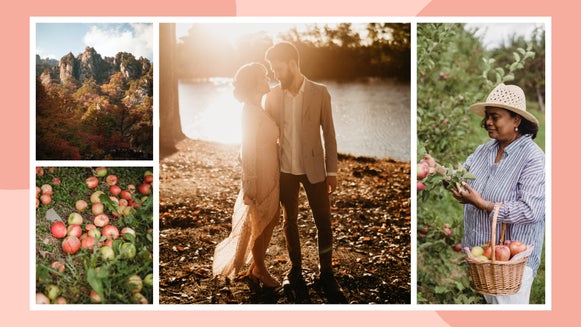Get Inspired With These 8 Nature Photography Ideas
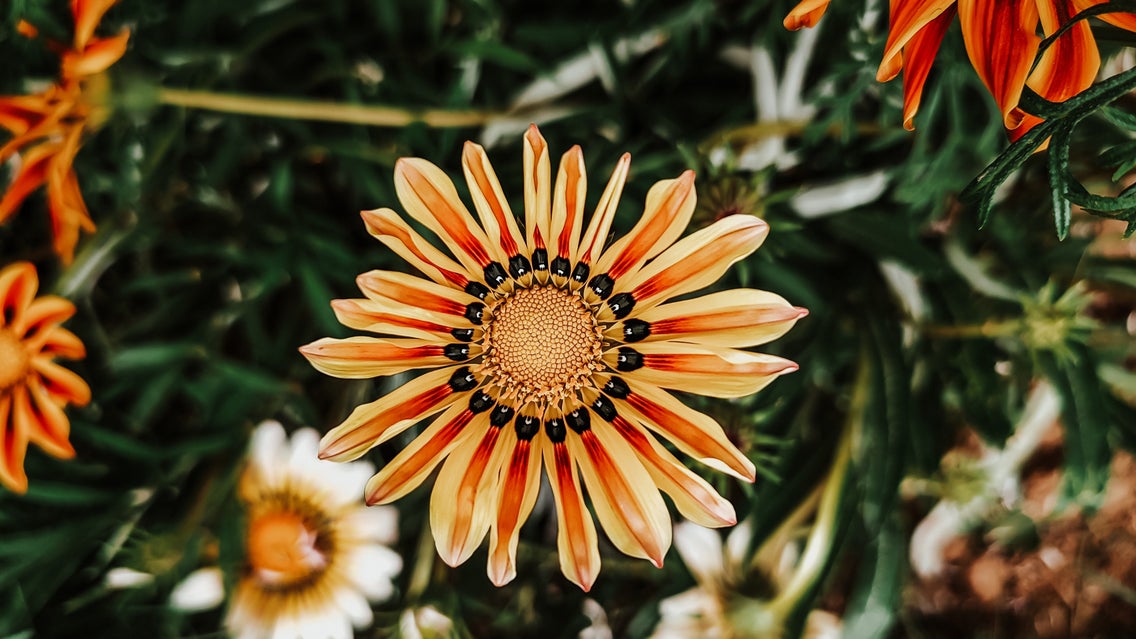
Whether you’re a novice or a professional behind the lens, nature photography is an alluring medium. Not only is it the perfect way to capture the beauty that Mother Nature has to offer, but you can also photograph the most striking subjects without leaving your neighborhood – or even your own backyard!
If you’re looking to explore nature photography but aren’t sure where to start, don’t fret. We’ve got a great guide on capturing and editing nature photography to help you brush up on your nature photography skills. In this article, however, we’ll be sharing eight simple yet effective nature photography themes to boost your inspiration.
1. Natural Landscapes
Landscape photography goes hand-in-hand with nature photography, so it’s a wonderful place to start. It also gives you an excuse to leave the city for a more natural habitat, whether that’s a forest, beach, or anywhere else where you’re surrounded by all that nature has to offer.
When photographing a landscape, be sure to only shoot in natural light. Ideally, aim to take your photos during golden hour (the hour before sunset). This will help you achieve that warm glow that instantly makes a scene more appealing. You should also pay close attention to the vantage point from which you shoot your landscape. The aim is to capture a sprawling scene of nature, so this is best achieved from some height, if possible.
Another great tip when shooting a natural landscape is to consider the sky above it. Capturing a sunset or sunrise is desirable, but even interesting cloud formations during the middle of the day can help to create an eye-catching photo.

2. Seasonal Changes
Nature photography can be a fascinating medium to explore because the subjects you can capture vary considerably from season to season. In spring, for example, you’ll find more flowers to photograph, whereas fall presents you with trees covered in red, orange, and yellow foliage. Winter, on the other hand, provides you with a different scene entirely, especially when lakes become frozen over or branches are dusted in snow.
Therefore, it can be a wonderful idea to pick a single natural location and photograph it at various points throughout the year. Represent how it looks in summer, fall, winter, and spring. You could even create a collage to showcase these year-round changes at a glance.
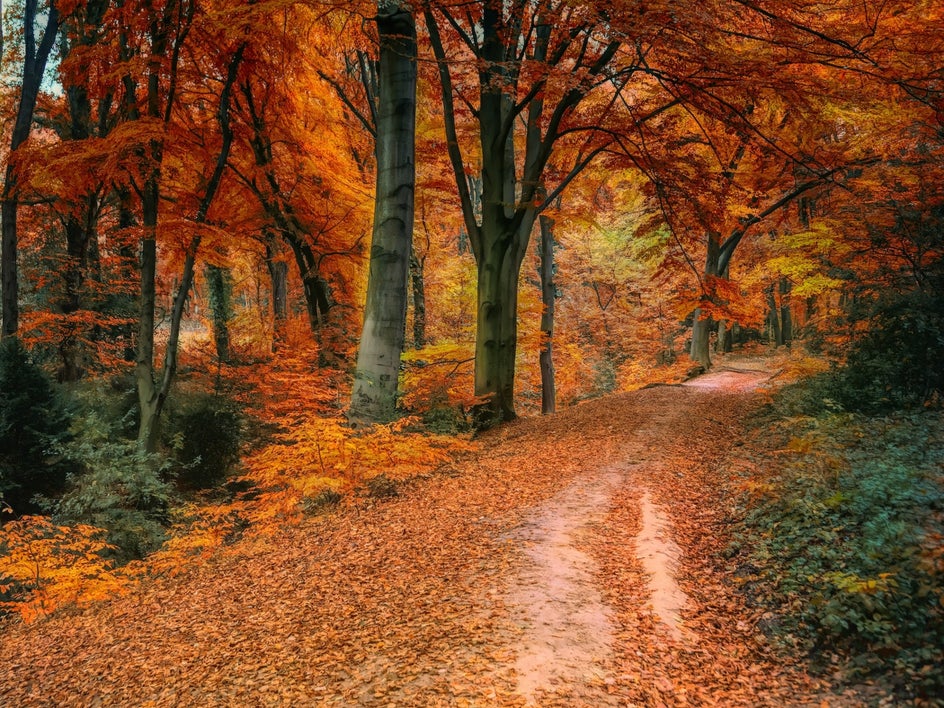
3. Food in Nature
If you’re looking to capture nature but want to think outside of the box, consider focusing on edible foliage, fruit, or plants. You could capture a close-up photo of a mushroom, for example, or even an acorn. Fruit trees are also plentiful, so why not celebrate their produce with some stunning photos?
If you want to experiment with your camera, try shooting these nature subjects in macro photography mode. This allows you to use extreme close-ups to photograph the subject in a way that’s “larger than life”. Additionally, it’ll help you to capture those stunning (yet miniature) details of the foliage, fruit, or plant to turn up the wow factor.
Where there is food, you’ll also often find fauna. Which brings us to our next point . . .
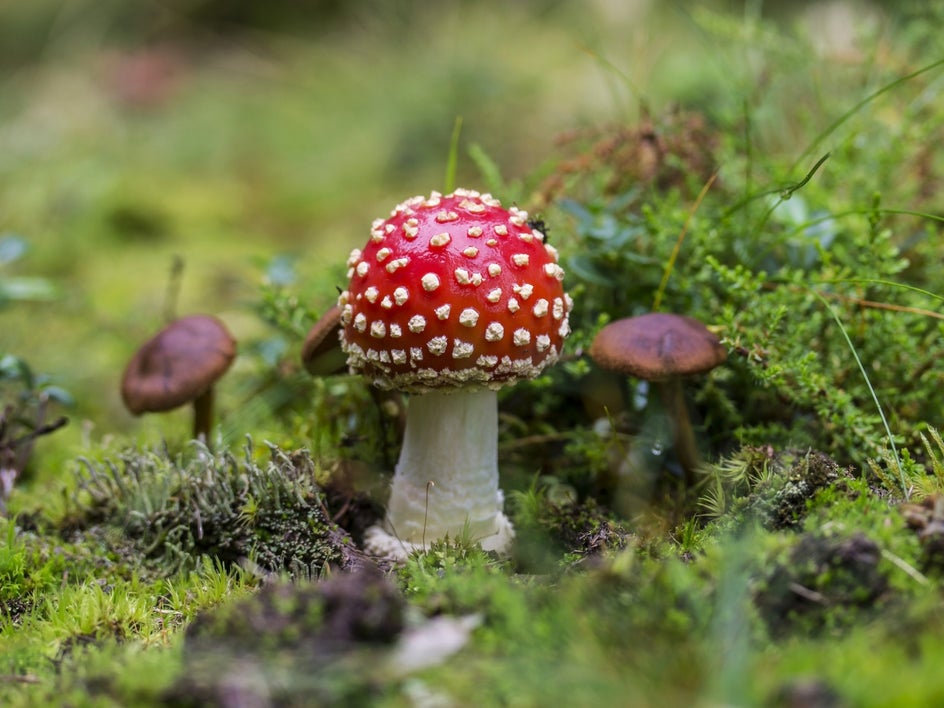
4. Animals in Their Natural Habitat
When wildlife and nature combine, you’ve got yourself a pretty spectacular photo celebrating the natural world. Do some research to discover where animals are most often spotted, whether it’s a park that squirrels call home or a field that deer like to graze in.
When photographing animals in their natural habitat, make sure your camera is in the quickest burst mode it has to offer and that your shutter speed is fast enough to freeze any kind of activity. In this instance, a tripod will also come in handy to keep your camera (and therefore your viewfinder) nice and steady.
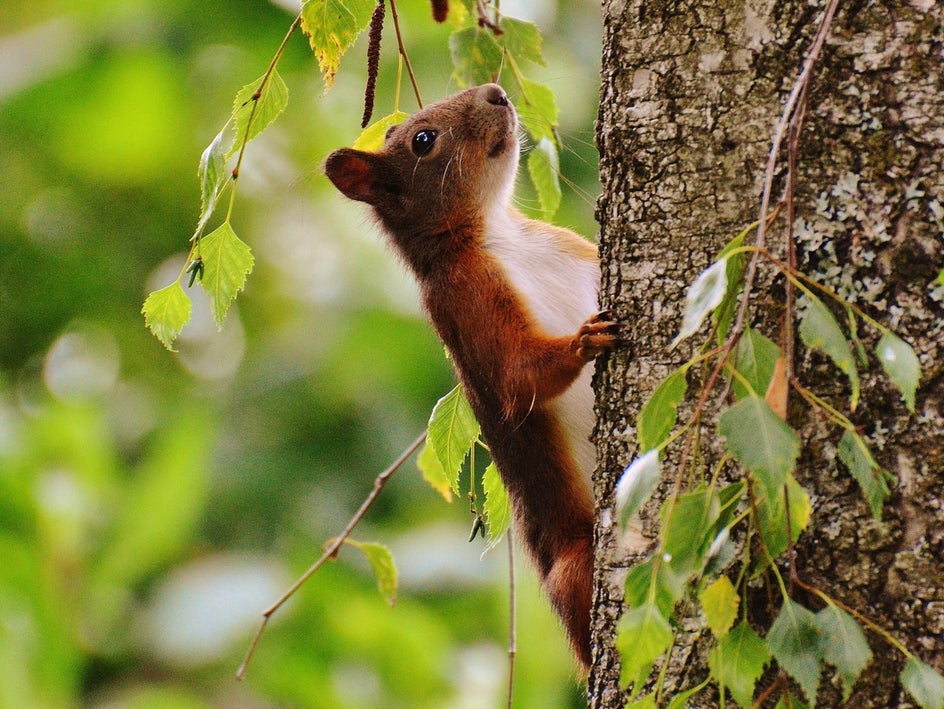
5. Rivers and Waterfalls
Bodies of water – like lakes and the ocean – feature heavily in nature photography, but turn your attention to rivers and waterfalls if you’re looking to take your images to breathtaking heights. This is because you can experiment with different camera settings to create an enchanting look within your photos. Using a slow shutter speed, for example, creates motion blur. This allows your nature photography to look more dynamic and interesting than if it were frozen in place.
Polarizing filters can also help your nature photography to thrive, especially when it comes to photographing rivers and waterfalls. These filters reduce the reflections on wet rocks or plants, helping you to capture deeper colors than previously possible. If you don’t have a polarizing filter, don’t worry. BeFunky's Vibrant Colors DLX tool can enhance the colors in your photo in a natural way. Our Flashspot tool (located in the Touch Up tools) can also help to soften any harsh reflections within images.
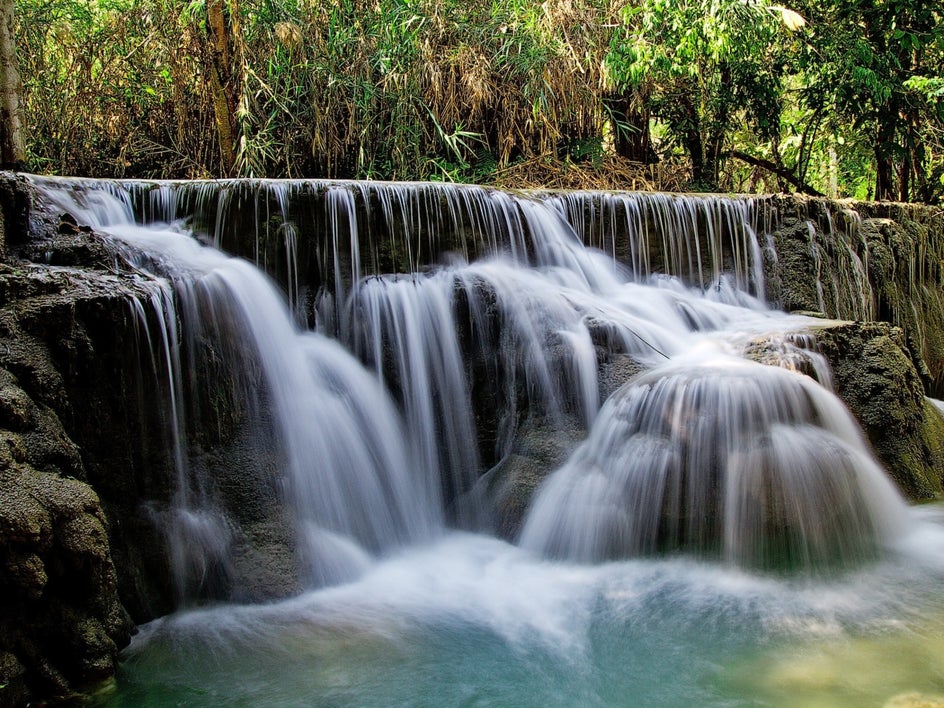
6. Flowers
It’s just not a round-up of nature photography ideas without mentioning flowers. The beauty of flowers is that they come in a wide variety and can be found just about anywhere – even if you live in the desert. For some, this could mean a short walk into their garden, while others might prefer to travel to a botanic garden or flower-adorned field.
If you’re trying to capture flowers on a large scale, such as a huge sunflower or poppy field, then a wide-angle lens is recommended. If you want to focus on a single or multiple flowers, you can achieve depth of field by using wide apertures (f/1.4-f/5.6) and long focal lengths (70mm and up).
Depth of field can also be achieved later when editing your photo using our Blur, Funky Focus, or Lens Blur tools.
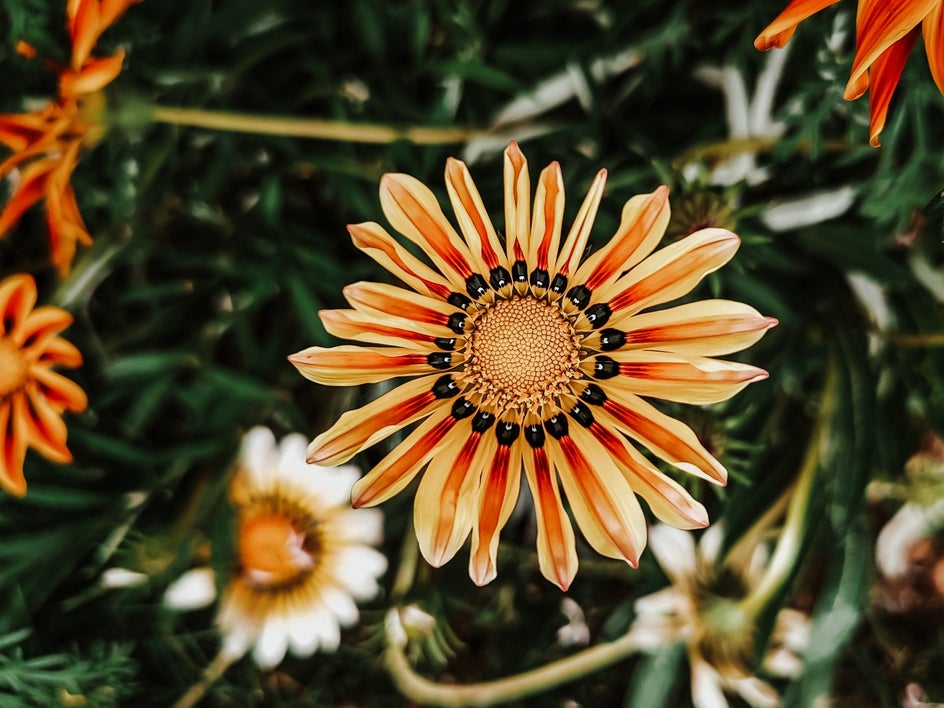
7. Interesting Patterns of Light In Nature
This might seem like a difficult subject to capture, but once you start taking notice of light amongst nature, you’ll have plenty of scenes to photograph. Pay particular attention to light streaming through tree branches or even how it reflects off plant leaves and stems. Doing so can help you take your nature photography to a new level, particularly when shooting landscapes.
The best time of day for capturing sun rays through trees is during the early morning, especially while the sun is still low in the sky. Professional nature photographers also recommend using a medium telephoto zoom lens such as a 70-200mm or 100-400mm to capture the light at its best.
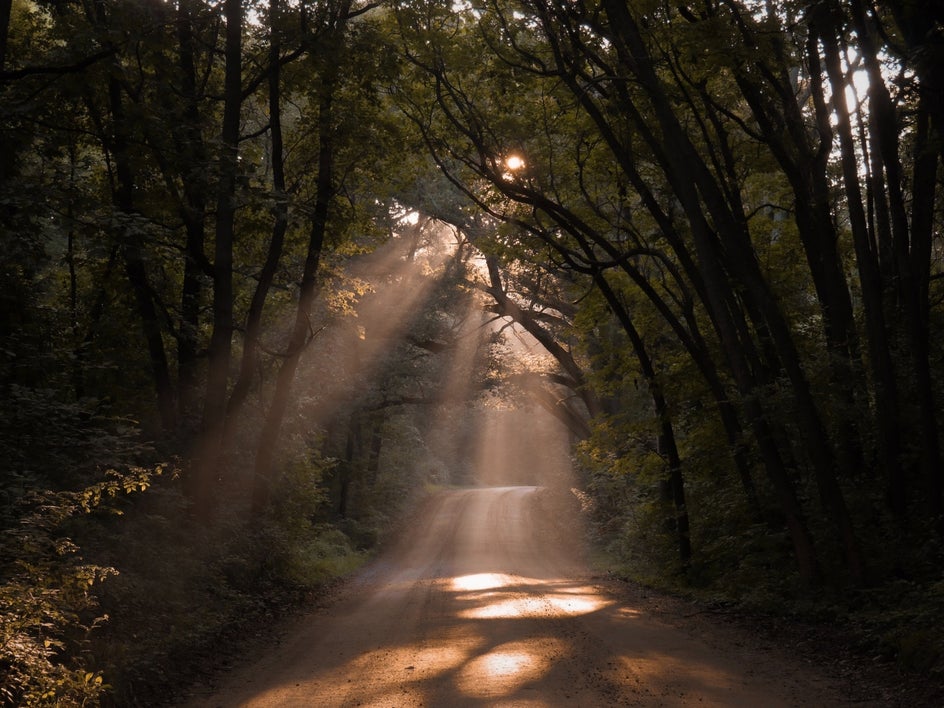
8. Raindrops on Leaves
It probably goes without saying, but the best time to photograph droplets of water on leaves is right after rainfall. Sometimes, however, you may get lucky and discover some droplets of dew on plants early in the morning.
This is a fascinating nature photography theme as it can give you some amazing results – particularly when the light interacts with the water in interesting ways.
Most cameras will have a macro mode, so use that to zoom right in on the water droplet and its natural surroundings – whether it be a leaf or a blade of grass, for example. Aim to have a background that’s free of distractions too, as this helps your subject to really shine. Using our Funky Focus tool can assist you with this after you’ve taken your photo. Alternatively, if you need to swap out the background for something less distracting, try our Background Remover tool.
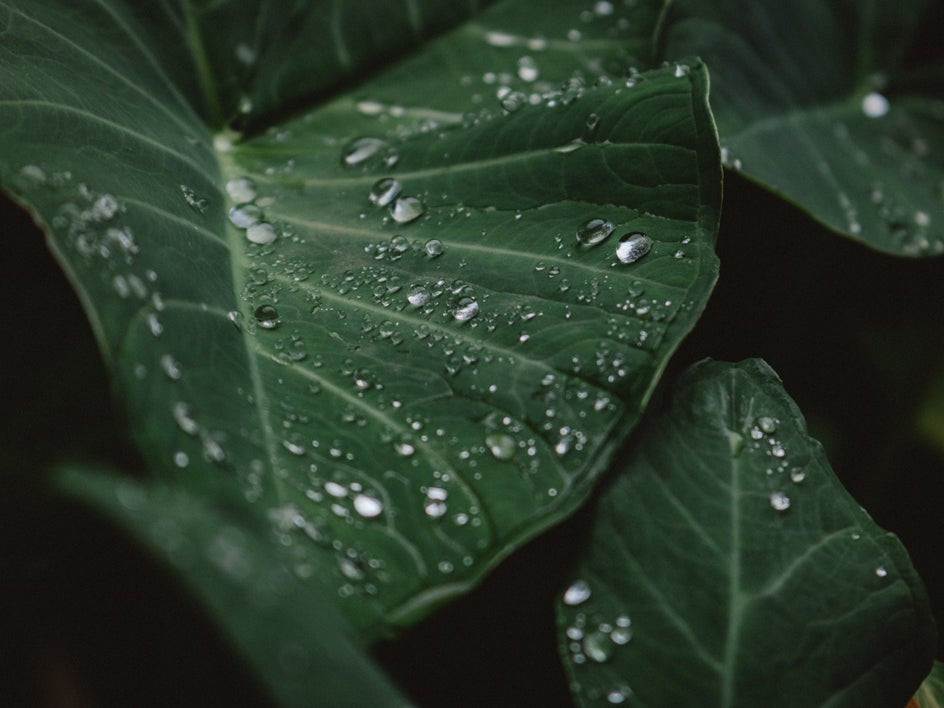
The Best Nature Subjects are All Around You
As you can see, you don’t have to travel far to get started with nature photography, nor do you need expensive equipment. Thankfully, some of nature’s most photogenic subjects are all around you. So, which nature photography themes will you capture first? Once you’ve got your favorite nature photography images, be sure to visit the Photo Editor to truly perfect them!











